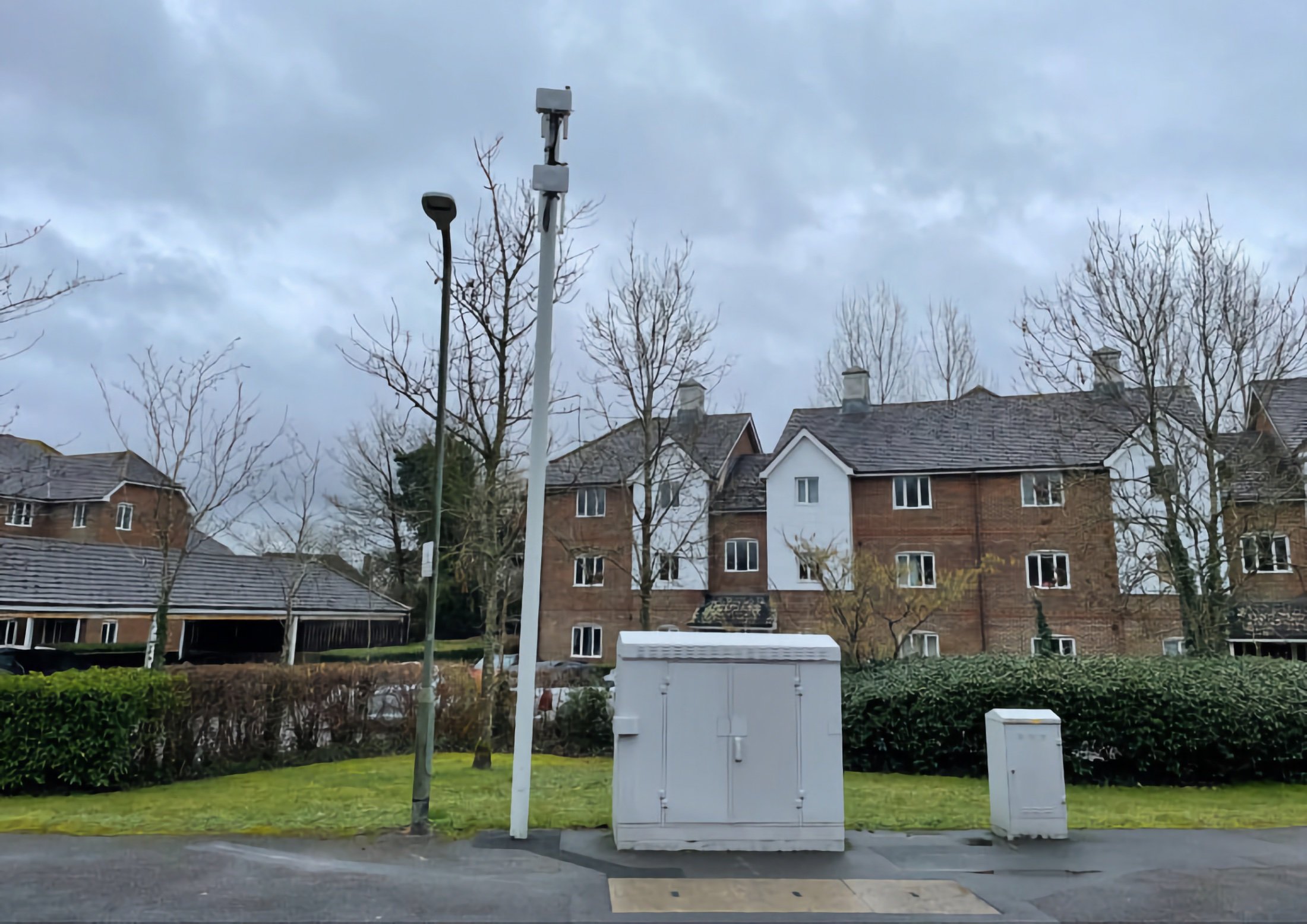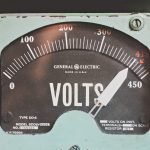
Virgin Media O2 has successfully trialled a new approach to boosting mobile services by leveraging its existing fixed network infrastructure along with new smart poles. This innovative solution could help boost mobile coverage across local areas in the UK.
The trial, conducted in collaboration with shareholder Liberty Global, involved installing compact smart poles adjacent to Virgin Media’s fibre network cabinets. These poles, significantly smaller than traditional mobile phone masts, can be installed within a day without requiring planning permission. They house small cell technology capable of enhancing mobile coverage in high-traffic areas.
“As we continue investing to upgrade and expand our network, we’re always looking for new ways to work smarter and deliver more for our customers,” said Jeanie York, CTO at Virgin Media O2. “Groundbreaking trials like this can help boost mobile coverage and bring next-generation services to even more customers.”
In a UK first, the smart poles are powered by Virgin Media’s fibre network using “digital electricity” technology, which transmits power from on-street cabinets through fibre optic cables. The same fixed fibre network is utilised to carry data to and from the mobile cells and the internet.
The small cells mounted atop the poles add capacity to the local mobile network, reducing congestion and improving services for users. Small cells enable the company to accelerate its network rollout in an environmentally-friendly manner while boosting mobile capacity in dense urban areas where it’s most needed.
Traditionally, deploying mobile infrastructure can be time-consuming; involving obtaining planning permission, installing radio equipment, connecting sites to the power network, and establishing fibre connections for data transmission (backhaul). By leveraging its converged network, Virgin Media O2 can install new small cells, connect them to its existing fibre network, and eliminate the need for separate backhaul connections or dedicated electricity supplies.
With approximately 25,000 street cabinets across the UK connected to the National Grid, Virgin Media O2 can potentially power these smart poles and meet the demand for mobile sites in urban areas for years to come. Additionally, the poles can accommodate smart city infrastructure like electric vehicle chargers which opens up new revenue streams for the company.
“The ability to use our existing national fixed network to backhaul and power small cells could be transformational—helping us save time and money, open up new revenue streams, support smart city technology and fully leverage the benefits of our scaled converged network,” concludes York.
(Image Credit: Virgin Media O2)
See also: UK Government urges more telecoms infrastructure sharing

Unified Communications is a two-day event taking place in California, London, and Amsterdam that delves into the future of workplace collaboration in a digital world. The comprehensive event is co-located with Digital Transformation Week, IoT Tech Expo, Edge Computing Expo, Intelligent Automation, AI & Big Data Expo, and Cyber Security & Cloud Expo.
Explore other upcoming enterprise technology events and webinars powered by TechForge here.





